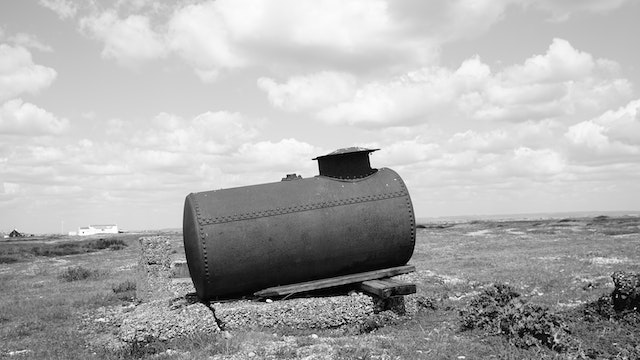Before you remove an underground tank, you’ll need to acquire local fire and construction permits. Additionally, an inspector will be on site for the removal process. These permits will help you ensure that the tank removal does not compromise the environment. This is an important consideration, as you don’t want to cause any damage or pollution.
Contents
Process
When a property owner decides on underground tank removal Haverstraw NY, they should follow specific procedures and notify local authorities ahead of time. Notifications are required several weeks in advance of the planned removal, and strict environmental laws must be followed. In addition, several permits and procedures must be followed during the removal.
The first step is to drain the tank completely. The tank must be pumped to drain all liquid and other materials to do this. Depending on where the tank is located, this can be very difficult and time-consuming. Once the tank is emptied, the next step is to excavate the area around it.
After the tank has been removed, it is necessary to conduct soil tests to ensure that it has not leaked any chemicals. Many underground tanks are filled with wastewater or solvents that can contaminate the soil in the vicinity. If this happens, remediation may be necessary.
Costs
There are several costs associated with removing an underground tank, and it’s essential to understand what each one will entail:
- It would help if you got a permit to excavate your tank. Your contractor typically handles this.
- It would help if you disconnected any piping from the tank and adequately capped it.
- You must dispose of the tank’s contents according to state and local laws.
Some states require contractors to report groundwater or soil contamination during removal.
The costs of removing an underground tank will vary, depending on the size of the tank and its location. Some states require that you remove your underground tank if it is not decommissioned or has a leaking problem. However, in many cases, it’s legal to leave the tank if the tank is properly cleaned. However, this method is more expensive than removing the tank entirely. In addition, the tank area must be filled with sand or concrete, which will increase the cost of the process.
Environment
If you are planning to remove an underground tank, it is essential to consider environmental concerns. In many cases, the tank may have leaked hazardous material, which can harm human health and the environment. It is essential to follow all state and federal regulations when removing an underground tank and to hire an environmental contractor to remove the tank safely.
A new underground tank is rarely fully emptied, and eventually, it will begin to leak. This is a significant environmental liability, and you should take every precaution to avoid it. Because of the potential for contamination, state and federal regulations and licensing requirements for tank removal have been implemented to address these concerns. Proper tank removal requires a process that involves identifying the problem, addressing any leaks, and cleaning up any remaining hazardous materials.
The first step in removing a tank is obtaining the municipality’s necessary permits. The contractor should first excavate the soil above the tank. This will save on fill and disposal costs. Additionally, the contractor should sample the soils to document the effectiveness of the cleanup. The samples are taken to a certified laboratory to be analyzed. The analysis results will be compared with the requirements set by DEP.





